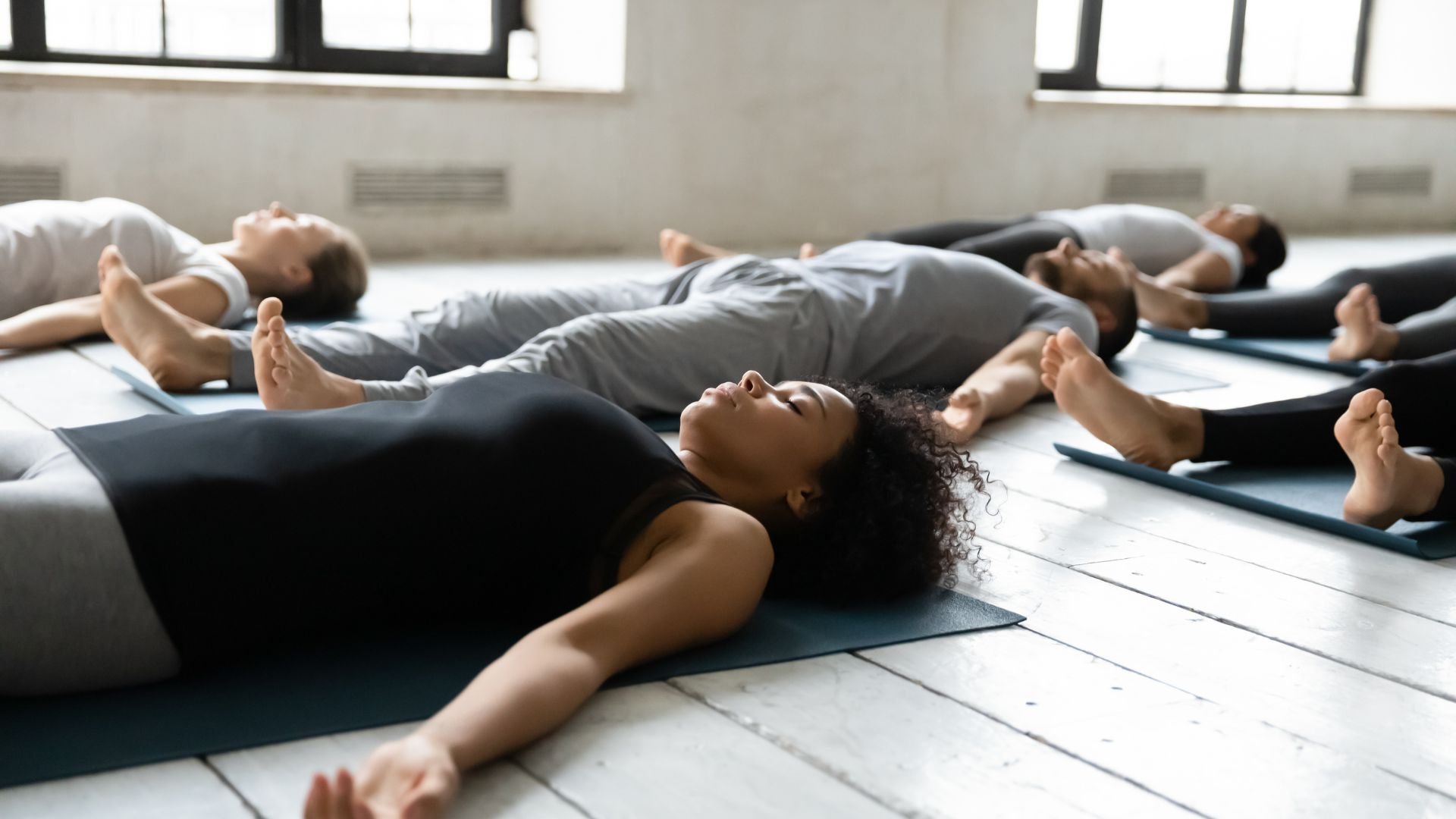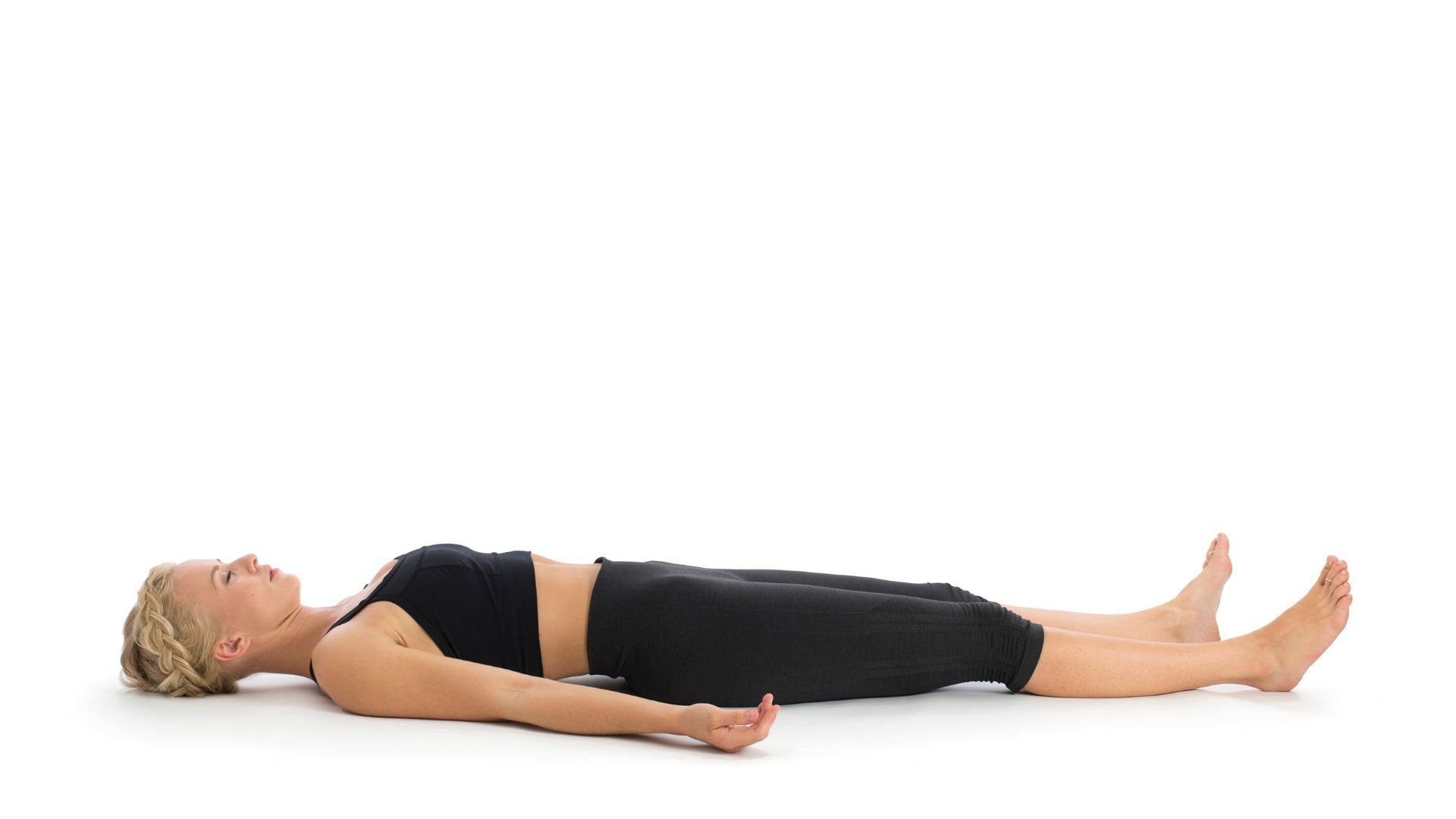In today’s world, the body’s fight or flight response is often active, and restorative yoga can help reactivate the body’s natural healing abilities by offering an environment of ease and effortlessness. Restorative yoga offers a unique path to deep relaxation and restoration. Unlike other forms of yoga that focus on physical strength and flexibility, restorative yoga is a supportive, nurturing practice that promotes healing, rejuvenation, and inner peace. In this article, we'll explore what restorative yoga is, how it differs from other yoga styles, and the incredible benefits it offers for both the body and mind.
what Is Restorative Yoga?
Restorative yoga is a form of yoga that aims to relax and restore the body, mind, and spirit. It utilizes props such as bolsters, blankets, blocks, and straps to completely support the body in gentle, comfortable poses for extended periods of time. The emphasis is on relaxation, mindfulness, and deep breathing, allowing the practitioner to release tension and find inner calmness. All of these working together activate the body’s relaxation response. When the relaxation response kicks in and the parasympathetic nervous system is triggered, cortisol and adrenal levels can decline, which lowers stress in the body, mind, and spirit, and helps ease tension.
Unlike more dynamic yoga practices, restorative yoga encourages slowing down and surrendering to stillness. It offers a sanctuary of tranquility amidst the chaos of daily life, providing an opportunity for deep rest and rejuvenation. The practice typically involves holding poses for 5 to 20 minutes, allowing the body and mind to fully relax and unwind.
“At its foundation, Restorative Yoga is a practice of cultivating a healthy, balanced autonomic nervous system by supporting a shift from a sympathetic (fight, flight, freeze) to a parasympathetic response (rest, digest, and regeneration). Restorative Yoga is a form of preventative medicine so that these things do not have to happen to you before something occurs to you.” - Lauren Eckstrom
How Restorative Yoga Differs from Other Forms of Yoga
While restorative yoga shares some similarities with other yoga styles, such as Hatha or Yin yoga, it is distinct in its focus on rest and relaxation. Here are a few key ways in which restorative yoga sets itself apart:
Gentle and Supported Poses: In restorative yoga, poses are designed to be gentle, fully supported, and comfortable. The use of props helps to create a nurturing and safe environment for the body. This approach allows practitioners to experience a deeper sense of relaxation and surrender, without the strain or effort commonly associated with other yoga practices.
Extended Holding Time: Unlike dynamic yoga styles where poses flow seamlessly from one to another, restorative yoga encourages practitioners to remain in each pose for an extended period. This prolonged stillness promotes a sense of introspection, calmness, and helps to activate the body's relaxation response.
Deep Relaxation and Mindfulness: Restorative yoga prioritizes deep relaxation and mindfulness. By consciously focusing on the breath and sensations in the body, practitioners cultivate present-moment awareness and develop a greater connection between the body and mind. This mindful approach helps to alleviate stress, anxiety, and mental chatter.
The Benefits of Restorative Yoga
Restorative yoga offers a multitude of benefits that extend beyond the yoga mat. Here are 5 Key benefits of a restorative yoga practice:
Stress Reduction: Restorative yoga triggers the parasympathetic nervous system, also known as the "rest and digest" response. By activating this relaxation response, the body releases tension and stress, promoting a profound sense of calm and well-being. The practice helps to regulate stress hormones, lowers blood pressure, and improves overall emotional well-being.
Enhanced Sleep Quality: Sleep is essential for overall health and vitality. Restorative yoga's emphasis on deep relaxation and stillness can help improve the quality of sleep. By reducing stress and promoting a sense of tranquility, restorative yoga prepares both the body and mind for a restful night's sleep.
Physical Healing: Restorative yoga can be particularly beneficial for those recovering from injuries or suffering from chronic pain. The gentle poses, supported by props, help relieve tension and promote the body's natural healing mechanisms. By increasing blood flow and circulation to affected areas, restorative yoga aids in pain management and accelerates the healing process.
Emotional Well-being: The meditative nature of restorative yoga cultivates self-awareness, emotional resilience, and introspection. By creating a safe space for self-reflection, the practice allows individuals to process and release emotions, reducing anxiety and depression. Restorative yoga can be a powerful tool for developing emotional intelligence and improving overall mental health.
Mind-Body Connection: Restorative yoga deepens the connection between the body and mind. Through mindful breathwork and body awareness, practitioners develop a heightened sense of embodiment. This connection not only enhances physical well-being but also improves self-confidence and self-esteem.
A handful of clinical studies are being done on Restorative Yoga and cancer treatment-related studies demonstrated reductions in stress and anxiety, improvements in mood, sleep, overall energy, emotional well-being, and ability to manage adverse effects of their treatment.
4 Great Restorative Yoga Poses
Corpse Pose (Savasana)
Supported Bridge Pose (Salamba Setu Bandha Sarvangasana)
Supine Bound Angle Pose (Salamba Supta Baddha Konasana)
Supported Child’s Pose
Corpse Pose (Savasana)
Corpse Pose activates the relaxation response, cools the mind and can help lower blood pressure.
Alignment Points:
Beginning on the back, extend the legs forward allowing the feet to relax and fall away from each over and the arms to relax by the side.
Students may use a blanket to cover the body for warmth or place a folded blanket beneath the head for support. Students may also place a bolster under the knees to help relieve the back muscles.
Supported Bridge Pose (Salamba Setu Bandha Sarvangasana)
Supported Bridge Pose is a backbend that is cooling and passive. For students with a history of herniated disks, it can help rebuild the lumbar curve.
Alignment Points:
Begin by reclining on the back with the soles of the feet flat to the mat. Lift the hips, and place a bolster or a block at the lowest possible height under the sacrum. The prop should be placed so that the long edge is perpendicular to the spine, rather than along the length of the spine. If using a block, the block can be placed at 3 different heights depending on your preference.
Rest the arms by the sides with the palms facing up.
Keep the feet hip distance apart and allow the inner thighs to spiral down as the knees continue to point directly ahead.
Soften the shoulders and the front ribs, and relax the entire front body.
Supine Bound Angle Pose (Salamba Supta Baddha Konasana)
Supine Bound Angle Pose activates the relaxation response, which can help lower blood pressure, reduce stress, relieve sciatica, and alleviate discomfort during menstruation, menopause, and pregnancy.
Alignment Points:
Begin by sitting on the mat with a bolster or two folded blankets placed lengthwise along the mat, bringing the base of the support a few inches away from the sacrum.
Keep the sits bones grounded and bring the soles of the feet together, allowing the knees to fall away from the midline.
Place a strap around the waist and loop the strap under the blades of the feet. Gently tighten the strap to draw the heels toward the body.
Place blocks, rolled blankets, or smaller bolsters under the knees for support. Recline and close your eyes. Students may also wish to place a blanket under the head for support.
Draw the shoulder blades under the heart and relax the shoulders down the back. Place the arms by the sides with the palms facing up.
Supported Child’s Pose (Salamba Balasana)
Supported Child’s Pose is a cooling and calming pose that activates the nervous system’s relaxation response and supports the lower back and hips.
Alignment Points:
From a kneeling position, bring the big toes together and separate the knees wider than the torso.
Place a bolster or folded blanket between the hips and inner legs.
Fold forward from the crease of the hips and lay the chest and side of the face onto your props.
Place the arms by the sides, extend them forward, or hug them around your prop.
Drop the hips back toward the heels.
Close your eyes and maintain a long, relaxed neck.
In a world that often demands constant action and productivity, restorative yoga offers a sanctuary of stillness and healing. By prioritizing relaxation, deep breathing, and mindfulness, this gentle practice provides a much-needed respite from the stresses of daily life. Incorporating restorative yoga into your routine can help you find balance, reduce stress, and nurture a profound sense of well-being. So, take a moment to unroll your mat, embrace the stillness, and embark on a journey of restoration and self-discovery with restorative yoga. If you are interested I trying a restorative yoga class in the Charlotte, NC area, we offer restorative classes every Sunday at Flow Yoga Locust.






